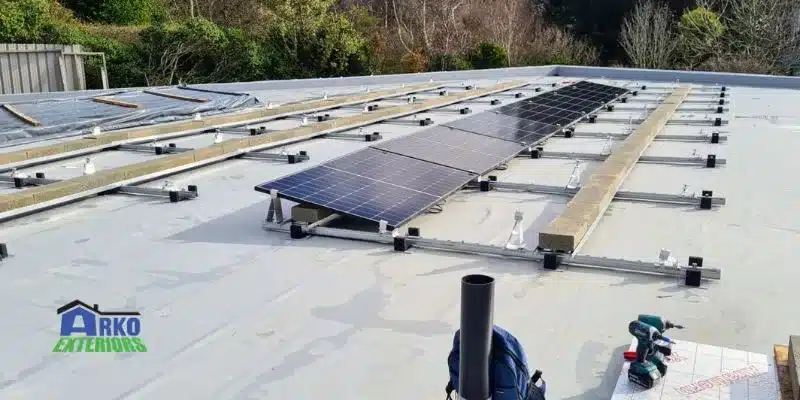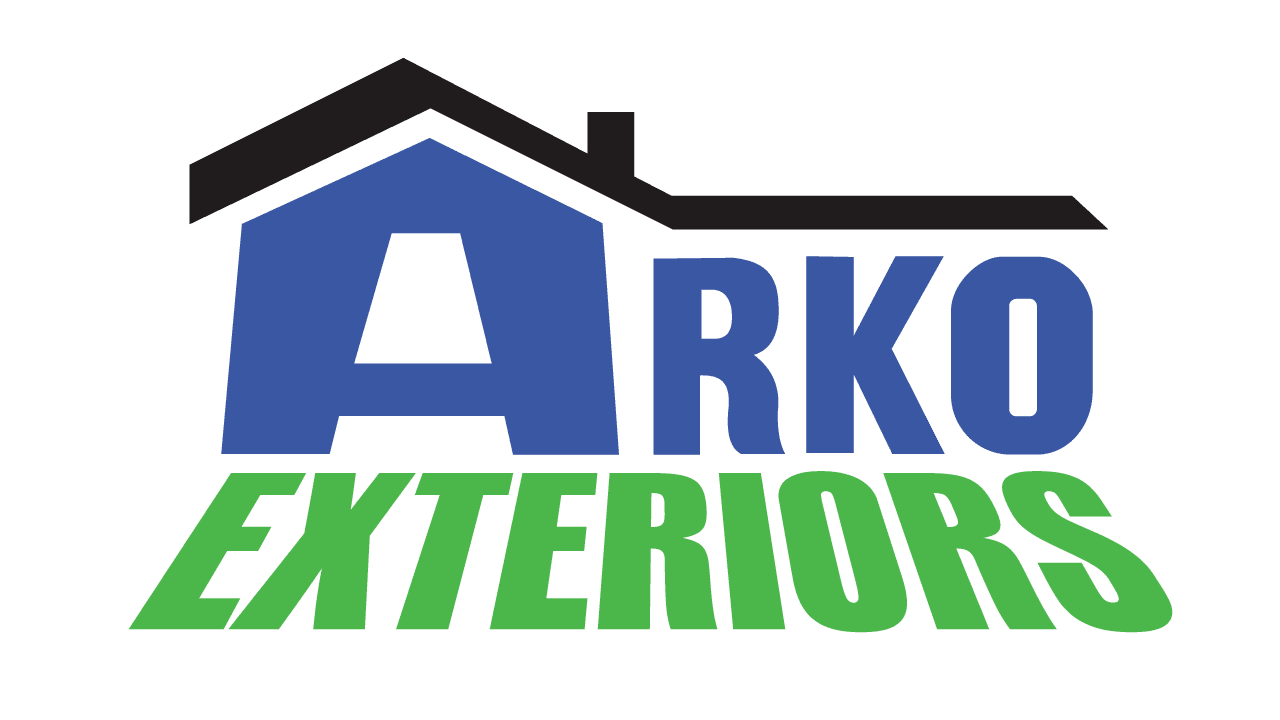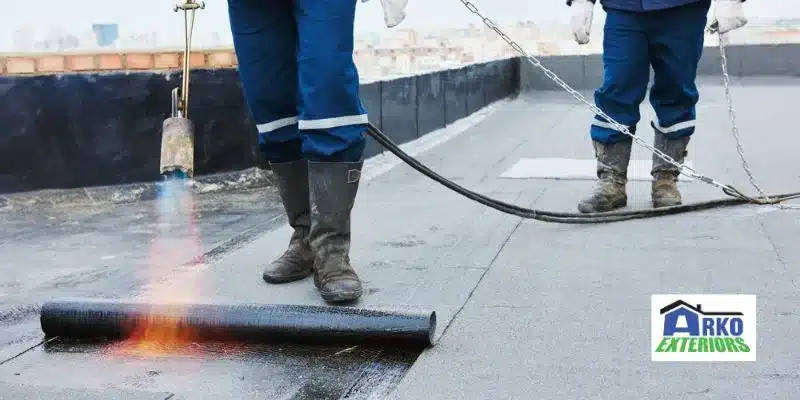In the realm of sustainable construction and building design, the installation of flat roofs has gained significant traction due to its numerous benefits. Not only does it offer a sleek and modern aesthetic, but flat roofs also contribute to enhancing energy efficiency and generating substantial cost savings over time. In this article, we delve into the advantages of flat roof installation and how it can revolutionize both residential and commercial properties.
Cost Savings:
Reduced Maintenance Expenses: Compared to traditional sloped roofs, flat roofs generally require less maintenance due to their simpler design and easier accessibility. Routine inspections and repairs become more straightforward and cost-effective, as professionals can access the roof surface with ease, minimizing labor and time expenditures
Extended Lifespan: High-quality flat roofing materials, coupled with regular maintenance, can significantly extend the lifespan of the roof. Investing in durable roofing solutions translates to fewer replacements and repairs over the years, ultimately saving property owners substantial costs associated with premature roof failure.
Space Utilization Opportunities: Flat roofs offer additional usable space that can be repurposed for various purposes such as rooftop gardens, recreational areas, or even additional living or working space. By maximizing the potential of flat roof surfaces, property owners can enhance the functionality of their buildings without incurring significant construction costs.
Energy Efficiency:

Optimized Insulation: Flat roofs provide ample space for enhanced insulation materials, thereby minimizing heat transfer between the interior and exterior of the building. With proper insulation, buildings can maintain consistent temperatures throughout the year, reducing the reliance on heating and cooling systems.
Reflective Roofing Materials: Modern flat roofing materials often incorporate reflective coatings that deflect sunlight, preventing excessive heat absorption. This reflective property helps to mitigate the urban heat island effect in densely populated areas and lowers indoor temperatures during warmer months, consequently reducing the need for air conditioning.
Integration of Solar Panels: Flat roofs offer an ideal platform for the installation of solar panels. With the increasing emphasis on renewable energy sources, integrating solar technology into flat roofs allows buildings to harness clean energy efficiently. By generating electricity on-site, property owners can significantly reduce their dependence on the grid, leading to long-term energy savings and environmental benefits.
Environmental Impact:
Reduced Carbon Footprint: By improving energy efficiency and incorporating renewable energy technologies, flat roof installations contribute to reducing carbon emissions associated with conventional building operations. The adoption of sustainable building practices aligns with global efforts to combat climate change and promote environmental stewardship.
Stormwater Management: Flat roofs can be designed to facilitate effective stormwater management through the implementation of drainage systems and green roof technologies. By mitigating runoff and promoting water infiltration, flat roofs help alleviate strain on municipal drainage systems and minimize the risk of flooding in urban areas.
Enhanced Design Flexibility:
Modern Aesthetic Appeal: Flat roofs offer a contemporary architectural aesthetic that complements various building styles, including minimalist, industrial, and modern designs. The clean lines and expansive roof surface provide architects and designers with greater flexibility to create visually striking structures that stand out in urban and suburban landscapes.
Integration of Green Technologies: Flat roofs serve as an ideal platform for integrating innovative green technologies such as green roofs, which consist of vegetation and soil layers. Green roofs enhance thermal insulation, mitigate stormwater runoff, and improve air quality while adding visual interest to buildings and reducing the urban heat island effect.
Adaptability to Urban Environments:
Space Optimization in Urban Settings: In densely populated urban areas where land is limited, flat roofs offer valuable space for additional amenities such as rooftop bars, restaurants, and recreational areas. Property owners can capitalize on unused rooftop space to create unique experiences for residents, guests, and customers, thereby maximizing the economic potential of their properties.
Accessibility for Maintenance and Upgrades: Flat roofs facilitate easier access for maintenance personnel and contractors, allowing for efficient servicing of HVAC systems, satellite dishes, and other rooftop equipment. This accessibility minimizes disruptions to building occupants and ensures prompt resolution of maintenance issues, enhancing overall occupant satisfaction and building performance.
Regulatory and Insurance Advantages:
Compliance with Building Codes: Flat roof installations often align with stringent building codes and regulations, particularly in regions prone to high winds, seismic activity, and inclement weather. The robust construction and structural integrity of flat roofs help mitigate risks associated with extreme weather events, ensuring the safety and resilience of buildings and their occupants.
Insurance Premium Reductions: Many insurance providers offer incentives and discounts for properties equipped with flat roofs that meet specific safety and durability standards. By investing in resilient roofing systems and implementing risk mitigation measures, property owners can qualify for lower insurance premiums and enjoy greater financial protection against potential property damage and liability claims.
Conclusion:
Incorporating these additional points underscores the multifaceted advantages of flat roof installation, ranging from design versatility and urban adaptability to regulatory compliance and insurance benefits. By embracing the principles of sustainability, resilience, and innovation, flat roofs emerge as a transformative solution for modern buildings seeking to optimize energy performance, minimize lifecycle costs, and enhance overall occupant comfort and well-being. As the construction industry continues to evolve, the widespread adoption of flat roof technologies represents a pivotal step towards creating resilient, sustainable, and vibrant built environments that enrich the lives of communities worldwide.

